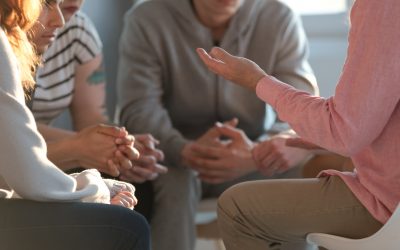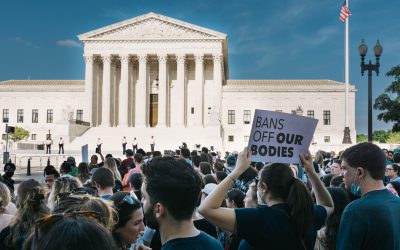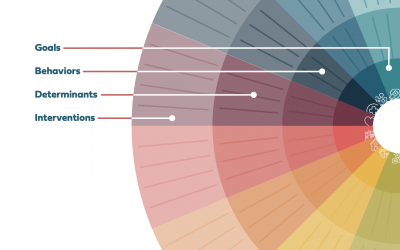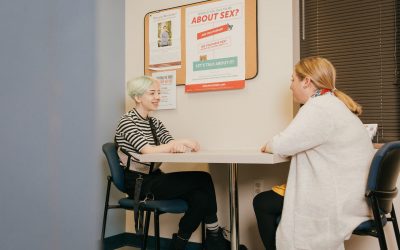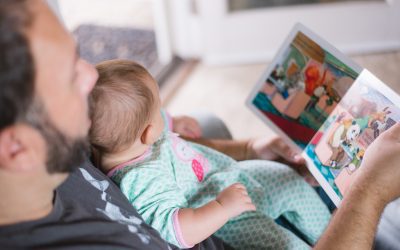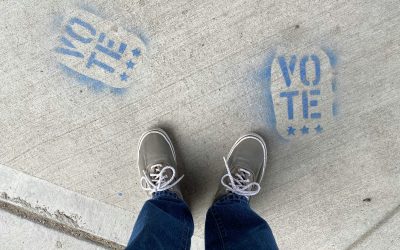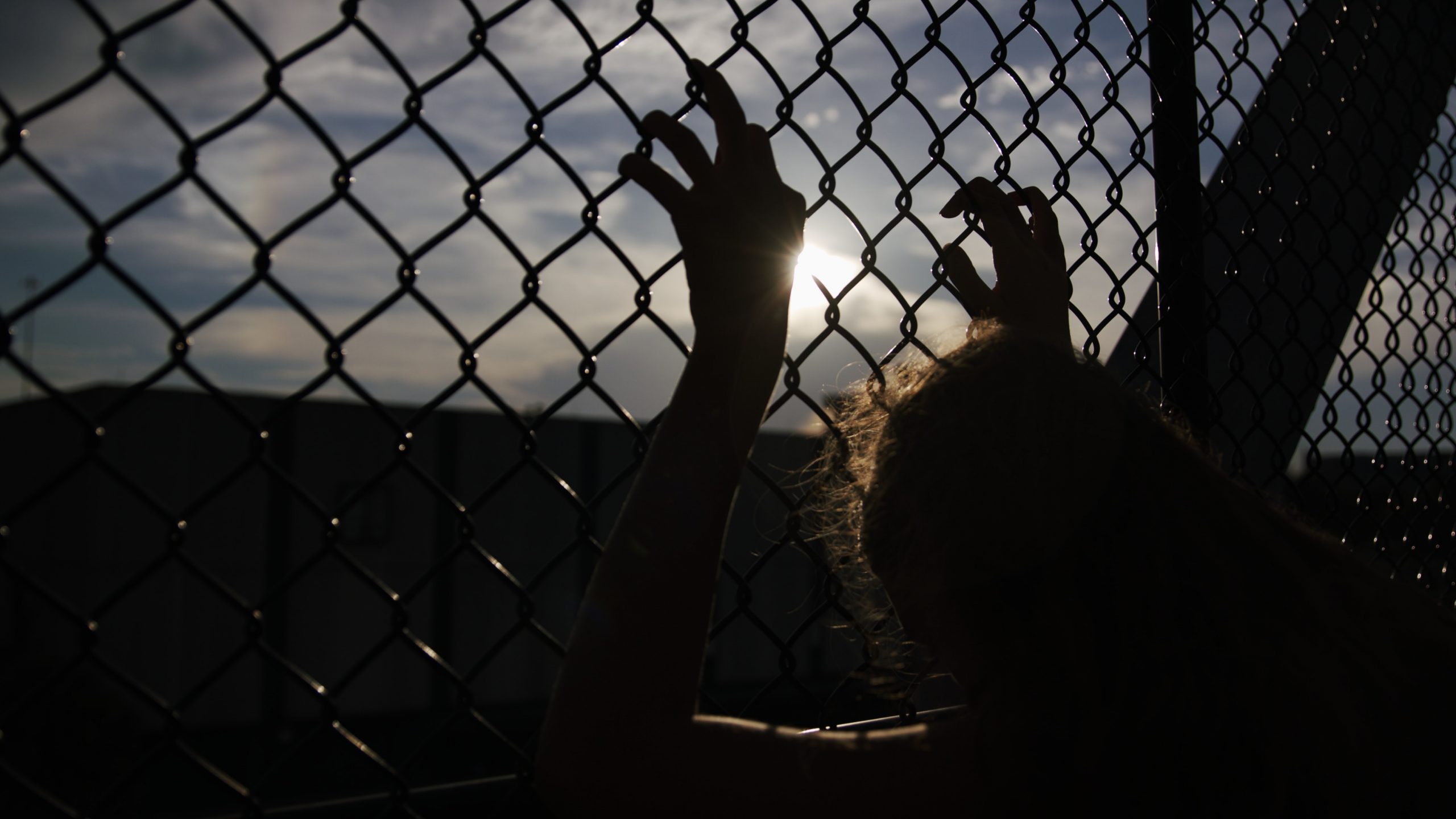
This is an overview of human trafficking in honor of National Human Trafficking Awareness Day (Jan 11th): What is it? What are the signs? What do we do?

By Alex Eisler, MPA
January 10, 2019
A few years ago, I started working on something new—new to me anyway. We began a partnership with the University of Maryland School of Social Work (UMD) help improve how the state responds to victims of sex and labor trafficking. I knew about training and human sexuality and some therapeutic practices, but as far as trafficking went, I only really knew what Law & Order: Special Victims Unit said (I know, I know) and it turns out only *some* of that was useful (no surprises there).
When I first sat down to work with subject matter experts from UMD on a training that uses case studies and a cooperative learning game for social workers to better respond to victims of child sex trafficking, I realized that while I thought I knew a little about trafficking, I knew much less.
In honor of National Human Trafficking Awareness Day (Jan 11th), this seems like a good time to share some things wish I knew sooner.

Lt. Olivia Benson, the main character in the TV show Law & Order: Special Victims Unit. Photo credit: NBCUniversal
What Is Human Trafficking?
Human trafficking is the use of force, fraud, or coercion to compel someone to have sex or do work. Legally, the key here is force, fraud, or coercion. This also means that no movement is required for human trafficking—in fact, someone could be trafficked in their own home.
Signs you might see sex or labor trafficking:
NOTE: None of these signs by themselves mean someone is trafficked. Seeing multiple signs together with relevant context cues can be clues that someone needs help.
There are many different signs or conditions that could be indicators of sex or labor trafficking (Source: National Human Trafficking Hotline):
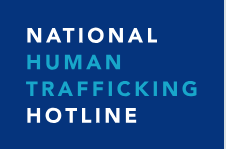
Common Work and Living Conditions
- Is not free to leave or come and go as they wish
- Is in the commercial sex industry and has a pimp/manager
- Is unpaid, paid very little, or paid only through tips
- Works excessively long and/or unusual hours
- Is not allowed breaks or suffers under unusual restrictions at work
- Owes a large debt and is unable to pay it off
- Was recruited through false promises concerning the nature and conditions of their work
- High security measures exist in the work and/or living locations (e.g., opaque windows, boarded up windows, bars on windows, barbed wire, security cameras, etc.)
Poor Mental Health or Abnormal Behavior
- Is fearful, anxious, depressed, submissive, tense, or nervous/paranoid
- Exhibits unusually fearful or anxious behavior after bringing up law enforcement
- Avoids eye contact
Poor Physical Health
- Lacks medical care and/or is denied medical services by employer
- Appears malnourished or shows signs of repeated exposure to harmful chemicals
- Shows signs of physical and/or sexual abuse, physical restraint, confinement, or torture
Lack of Control
- Has few or no personal possessions
- Is not in control of their own money, no financial records, or bank account
- Is not in control of their own identification documents (ID or passport)
- Is not allowed or able to speak for themselves (a third party may insist on being present and/or translating)
Other
- Claims of just visiting and inability to clarify where they are staying/address
- Lack of knowledge of whereabouts and/or of what city they are in
- Loss of sense of time
- Has numerous inconsistencies in their story
According to federal law, any minor under the age of 18 engaging in commercial sex is a victim of sex trafficking, regardless of the presence of force, fraud, or coercion. This means, as our Board Chair Nadine Finigan-Carr says, there is no such thing as a child prostitute.
You Also Need to Know…
This list isn’t a comprehensive list of all the signs someone could be trafficked, but it’s a good start if you’re learning what to look for. You can also look to these resources on sex and labor trafficking for more.
It’s easy to think, like Olivia Benson, we want to swoop in and help, and that we can rescue someone in such a dangerous situation. But victims of trafficking are in a tricky position: there are social, emotional, and practical issues they grapple with and, if they have a trafficker, they experience real and present danger every day.
What Do You Do If You See Human Trafficking?
If you do see human trafficking, follow the 3 C’s:
The 3 C’s
- Be Compassionate: This person may be experiencing abuse, legal issues, isolation, immigration issues, and separation from a support network.
- Be Cautious: Do not draw attention to their situation. It could put them in danger.
- Make the Call: Call the National Human Trafficking Hotline.
Even if you’re not positive what you’re seeing is trafficking, it’s better to make the call than to leave it to chance.
Alex Eisler, MPA, previously served as a Capacity Building & Evaluation Manager with Healthy Teen Network. Alex’s experience in resource development, instructional design, management, training, and delivering capacity-building assistance (CBA) across the U.S. has enabled her to develop nuanced and inventive approaches to meet the sexual, reproductive, and social-emotional needs of adolescents, including teen parents.

